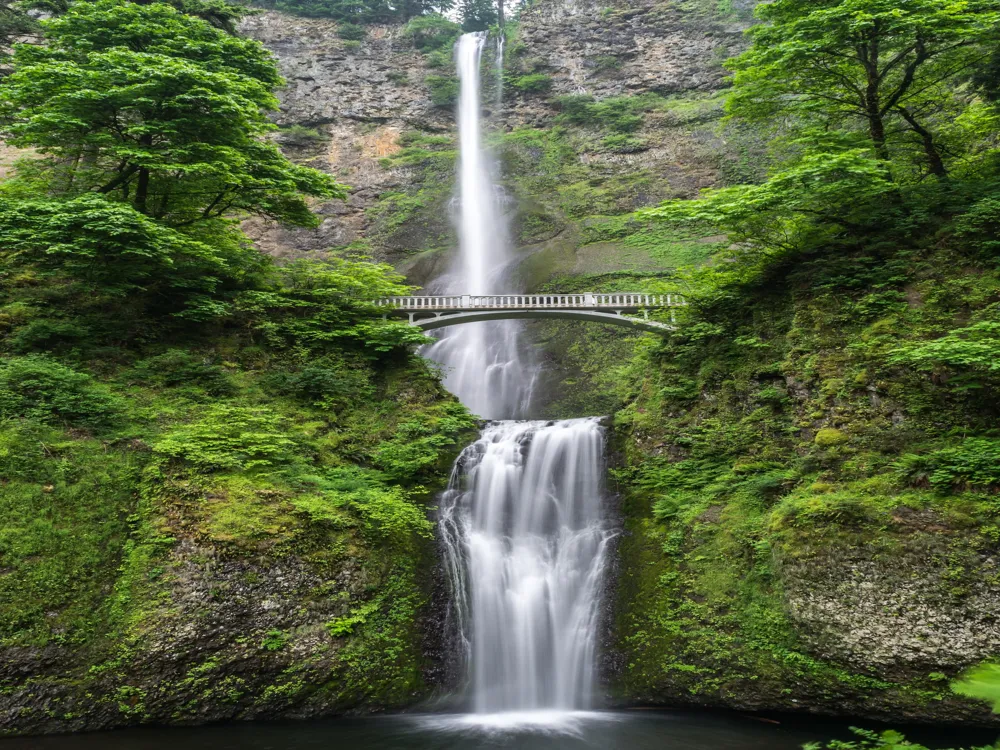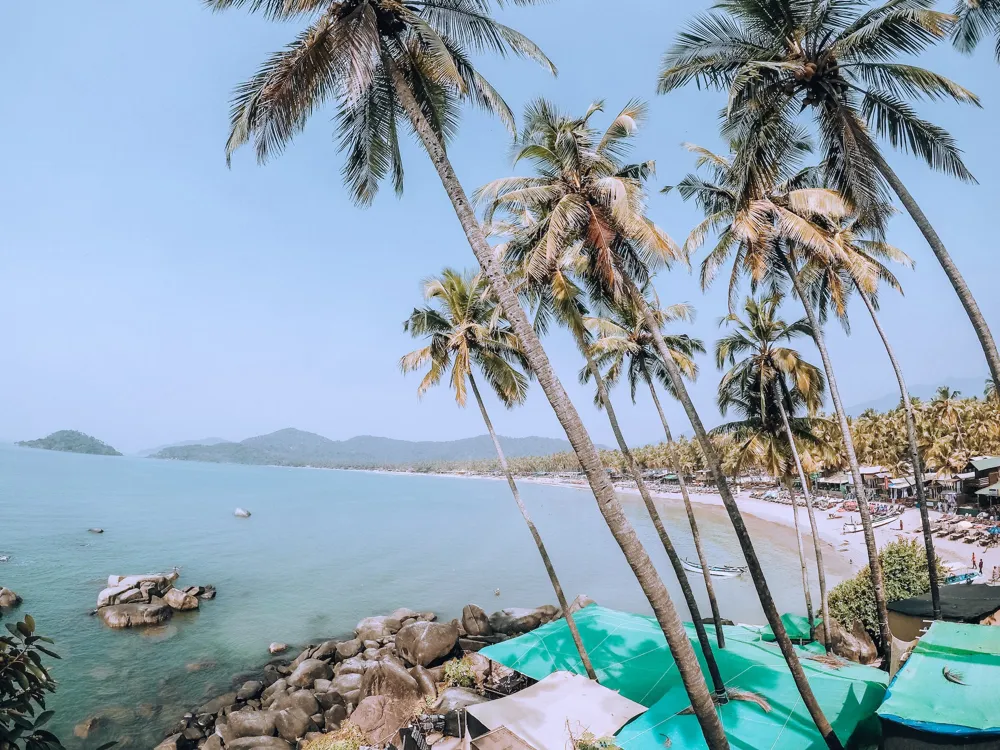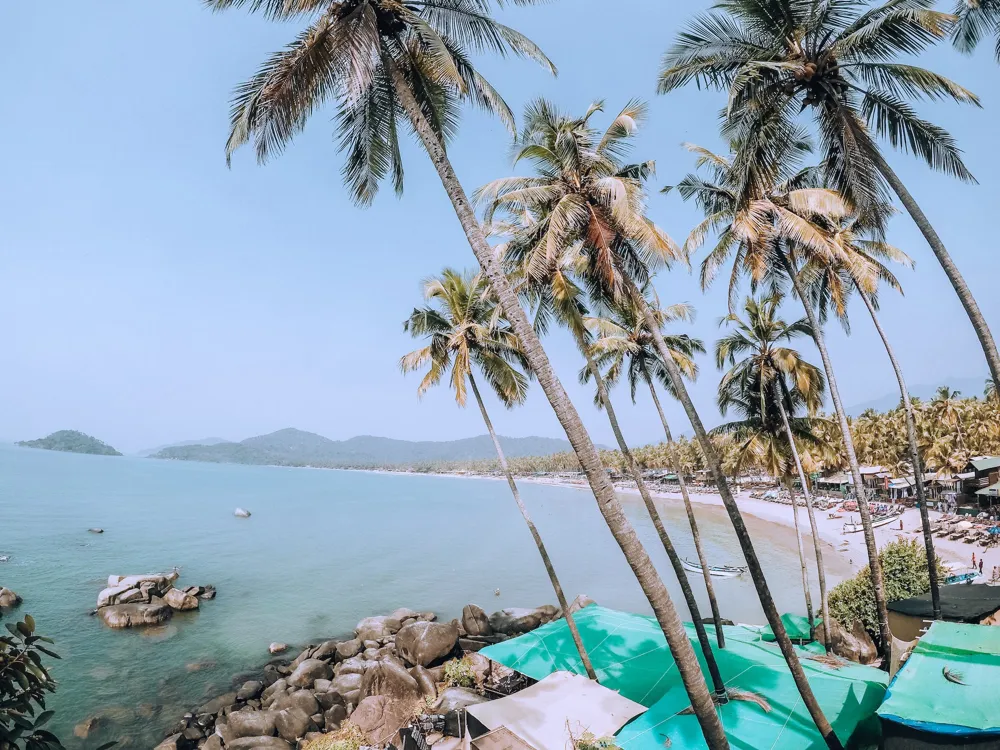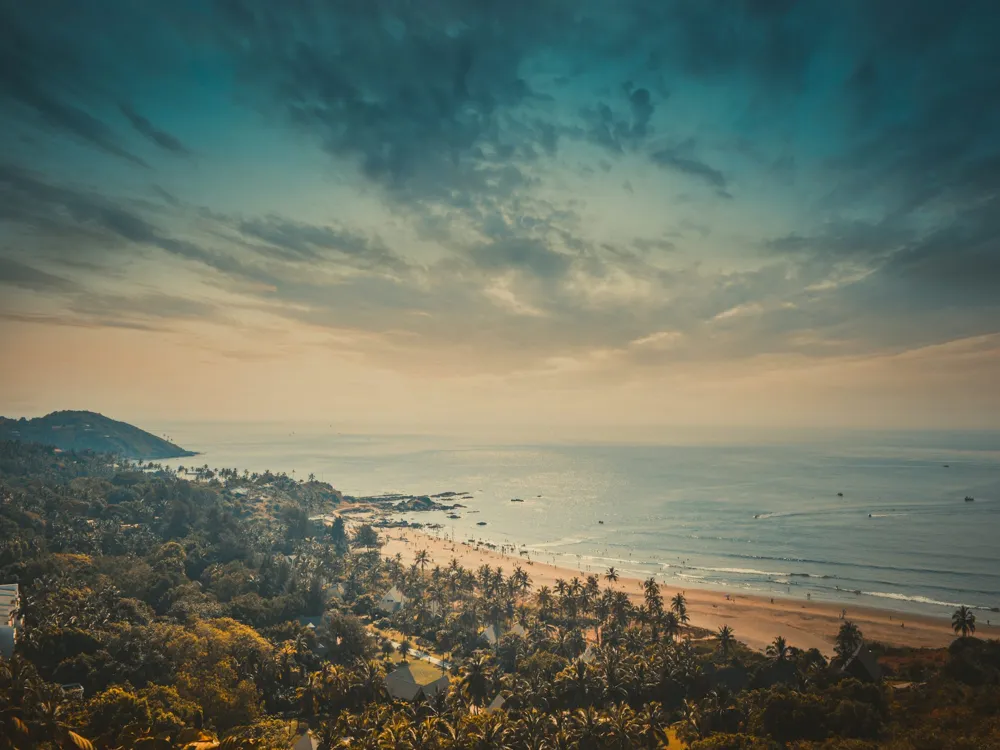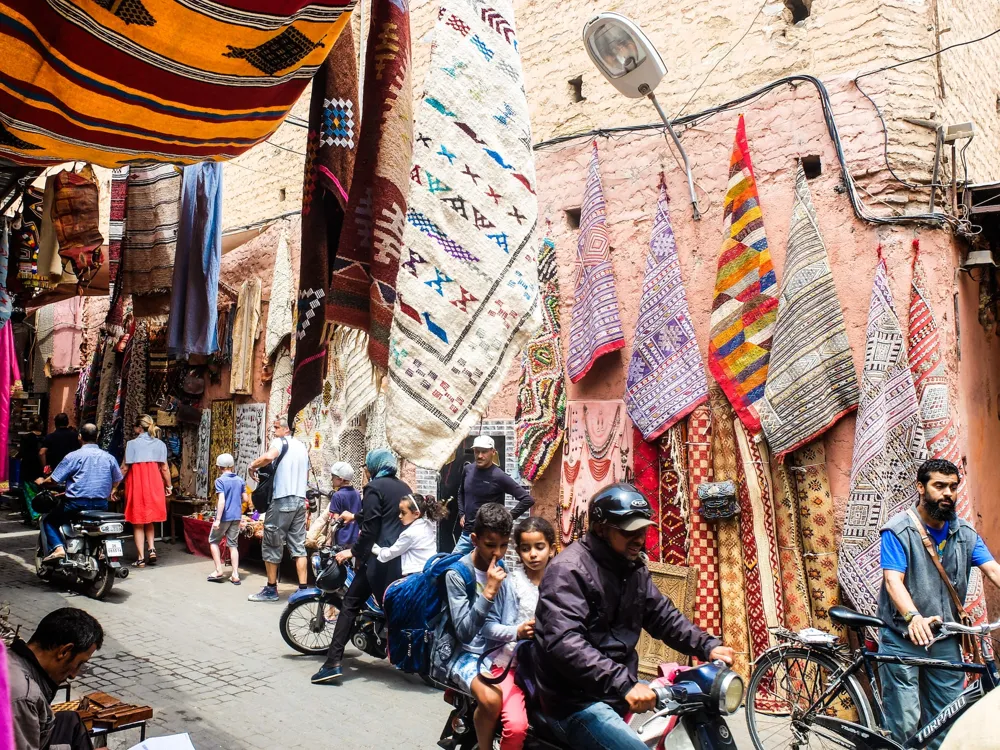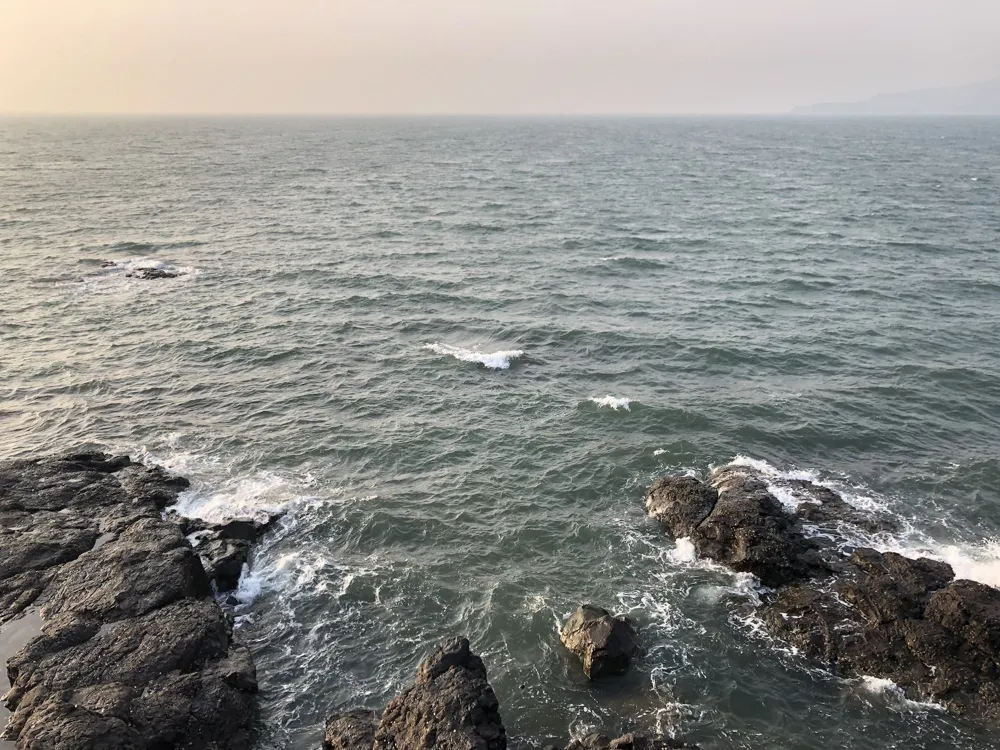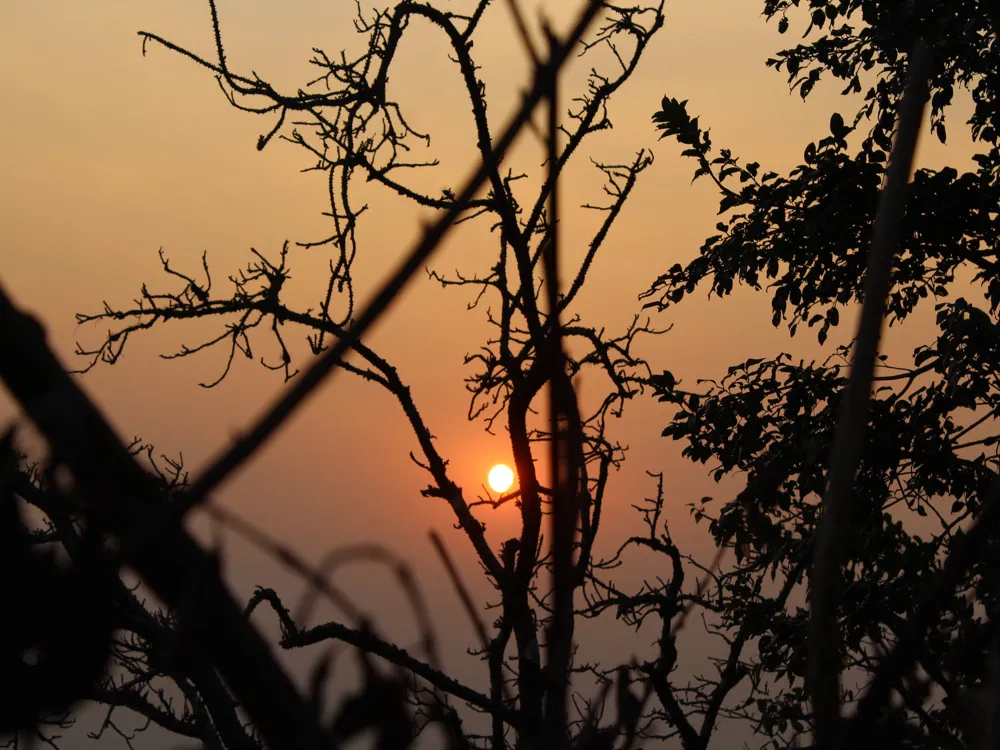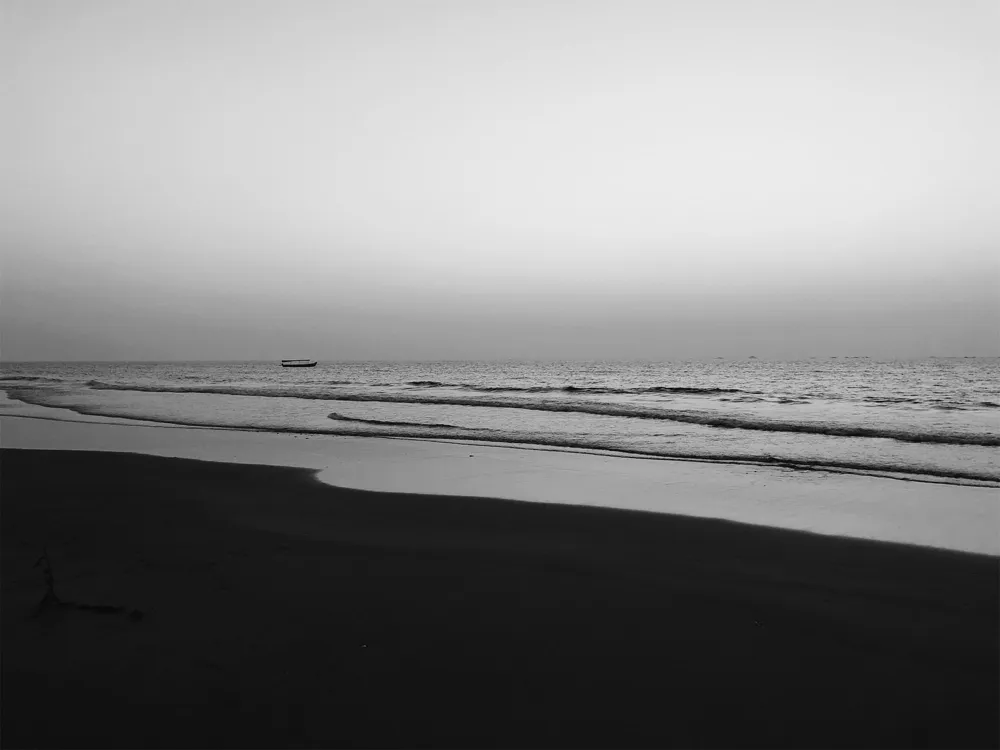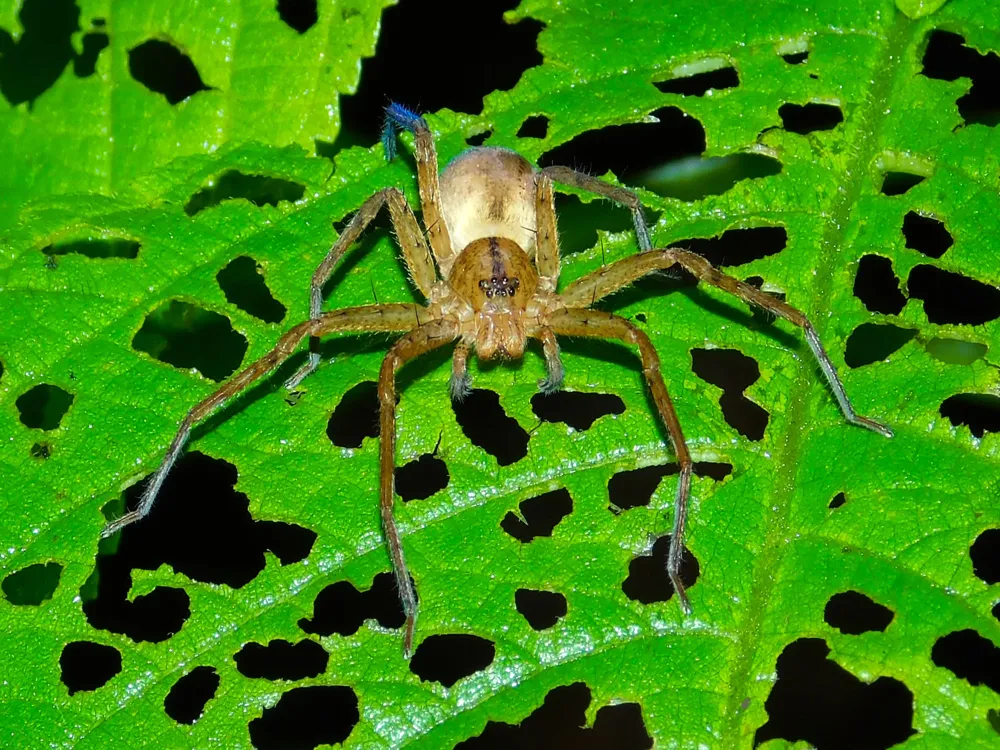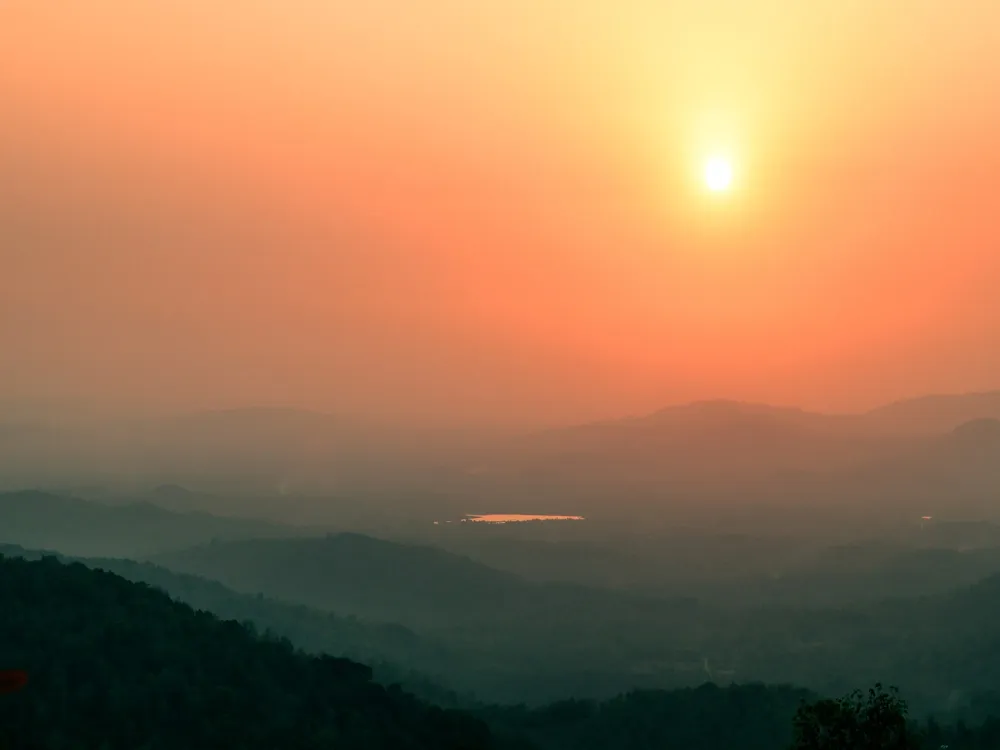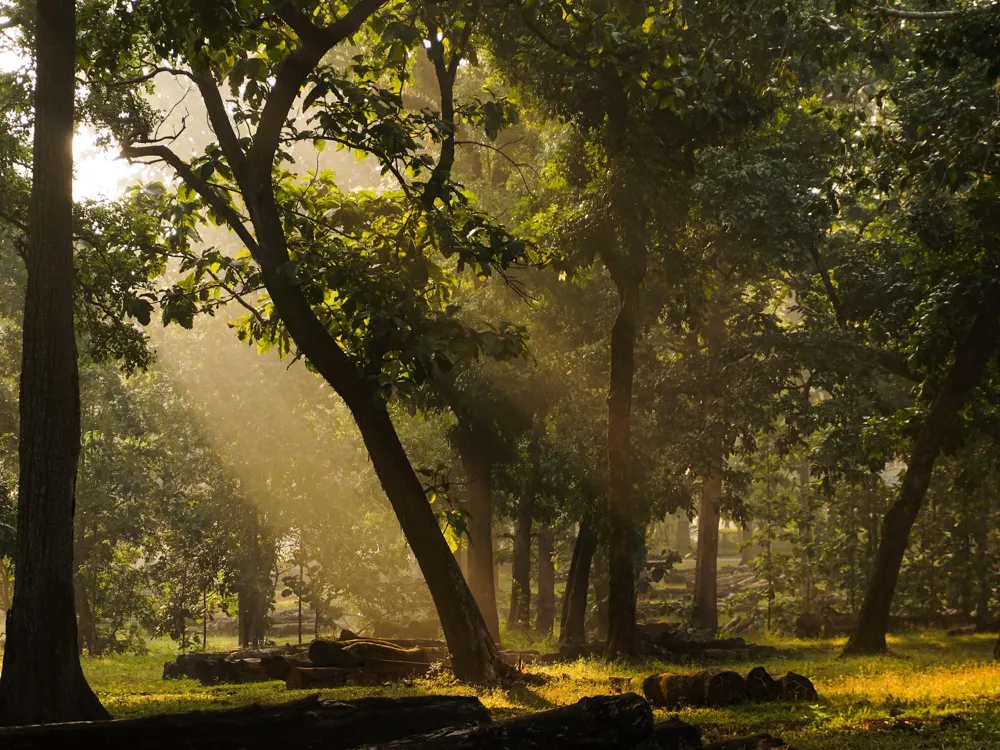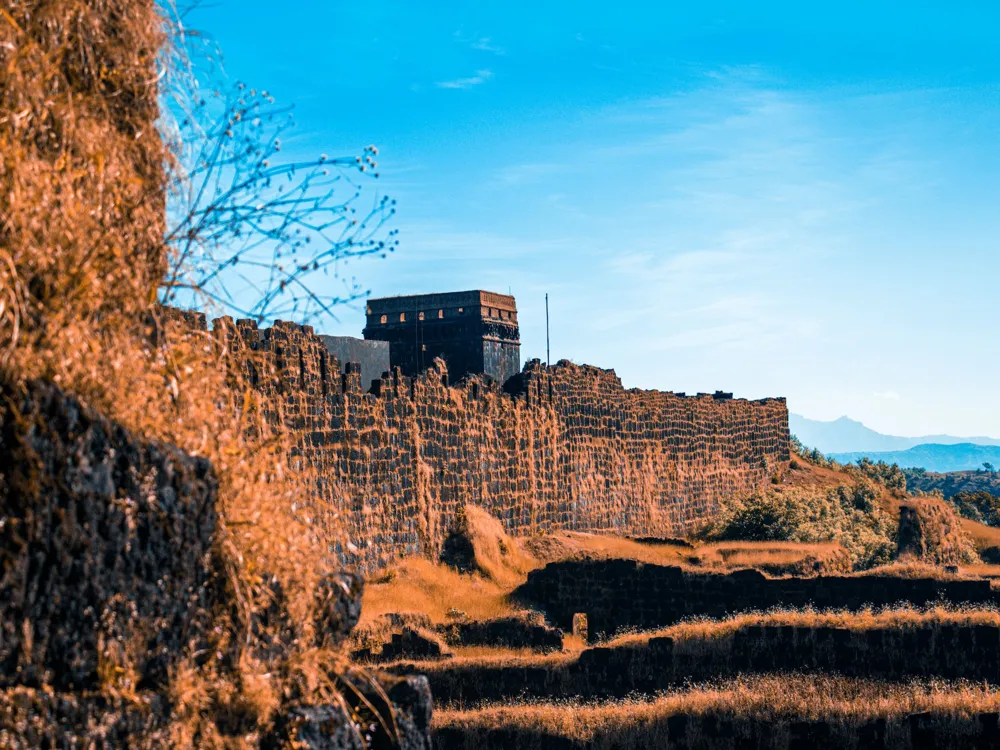Bhagwan Mahavir Wildlife Sanctuary, nestled in the Western Ghats of Goa, is a vibrant mosaic of dense forests, sparkling streams, and diverse wildlife. Spread over 240 square kilometers, it's the largest wildlife preserve in Goa, offering a haven for nature enthusiasts and wildlife photographers. The sanctuary, a part of the Sanguem Taluk in the Eastern Goa, was declared a wildlife sanctuary in 1969. It stands as a testament to India's commitment to preserving its rich biodiversity. The sanctuary is a treasure trove of flora and fauna. Its dense forests are dominated by trees like Terminalia, Lagerstroemia, Xylia, and Dalbergia. This green expanse is home to a plethora of animals including Bengal tigers, leopards, jungle cats, and Indian bison. Bird watchers are in for a treat with over 200 species of birds, including the Malabar Pied Hornbill, Grey-headed Bulbul, and the Ruby-throated Yellow Bulbul. Bhagwan Mahavir Wildlife Sanctuary also houses several important geographical and historical features. The famous Dudhsagar Falls, a four-tiered waterfall, is part of this sanctuary. The Tambdi Surla Temple, an ancient 12th-century Shaivite temple of Lord Mahadev, is nestled in its confines, showcasing the architectural marvel of the Kadamba Dynasty. The sanctuary's landscape is a rugged terrain of hills and valleys, offering challenging trails for trekkers and nature walks for those looking to explore its natural beauty. The park's management has also implemented several eco-tourism initiatives to promote sustainable tourism while ensuring the conservation of its delicate ecosystem. The Bhagwan Mahavir Wildlife Sanctuary, while primarily a natural habitat, is also a site of architectural significance, particularly due to the presence of the ancient Tambdi Surla Temple. This temple, dedicated to Lord Shiva, is the oldest in Goa and a fine example of the Yadava architectural style. Made of basalt, the temple features intricate carvings depicting stories from Hindu mythology. The temple's architecture is a study in symmetry and balance, with the garbhagriha (sanctum sanctorum) housing a Shiva lingam, and the mandapa (pillared hall) leading to it. The temple stands as an undisturbed piece of history amidst the wilderness, offering a serene spiritual retreat for visitors. The intricate carvings on the temple walls and pillars are a testament to the skilled craftsmanship of the ancient artisans. Apart from the temple, the sanctuary's architecture extends to its well-planned visitor facilities. These include nature interpretation centers, eco-friendly cottages, and observation towers for wildlife watching. The layout of the sanctuary is designed to blend with the natural surroundings, minimizing the impact on the environment while maximizing the visitor experience. The ideal time to visit the sanctuary is from November to March. During these months, the weather is pleasant, and the chances of spotting wildlife are higher. Early mornings and late afternoons are the best times for wildlife spotting. Be sure to maintain a safe distance from animals and follow the sanctuary's guidelines. There are several trekking trails in the sanctuary. It's advisable to hire a local guide for a safe and informative trekking experience. Carry a good camera and be patient. Wildlife photography requires time and silence to capture the perfect shot. The sanctuary is easily accessible by road from Panaji, the capital of Goa. It's about a 60 km drive from the city. The nearest railway station is at Colem, which is about 6 km away. For those traveling by air, the nearest airport is the Goa International Airport, also known as the Dabolim Airport, located approximately 80 km away. Local buses, taxis, and private vehicles are the most common modes of transportation to the sanctuary. For those looking for an adventurous route, trekking or cycling from nearby areas is also an option. Read More: Overview of Bhagwan Mahavir Wildlife Sanctuary
Architecture of Bhagwan Mahavir Wildlife Sanctuary
Tips When Visiting Bhagwan Mahavir Wildlife Sanctuary
Best Time to Visit
Wildlife Watching Tips
Trekking and Nature Walks
Photography Tips
How To Reach Bhagwan Mahavir Wildlife Sanctuary
Bhagwan Mahavir Wildlife Sanctuary
Goa
NaN onwards
View goa Packages
Weather :
Tags : Wildlife
Location : Located near Molem, 57km from Panjim on eastern border of Goa
Timings : 8:00 AM - 5:30 PM
Best Time : October to March
Entry Fees : Adults: INR 20
Child: INR 10
Still Camera: INR 30
Video Camera: INR 150
Planning a Trip? Ask Your Question
Goa Travel Packages
View All Packages For Goa
Top Hotel Collections for Goa

Private Pool

Luxury Hotels

5-Star Hotels

Pet Friendly
Top Hotels Near Goa
Other Top Ranking Places In Goa
View All Places To Visit In goa
View goa Packages
Weather :
Tags : Wildlife
Location : Located near Molem, 57km from Panjim on eastern border of Goa
Timings : 8:00 AM - 5:30 PM
Best Time : October to March
Entry Fees : Adults: INR 20
Child: INR 10
Still Camera: INR 30
Video Camera: INR 150
Planning a Trip? Ask Your Question
Goa Travel Packages
View All Packages For Goa
Top Hotel Collections for Goa

Private Pool

Luxury Hotels

5-Star Hotels

Pet Friendly







